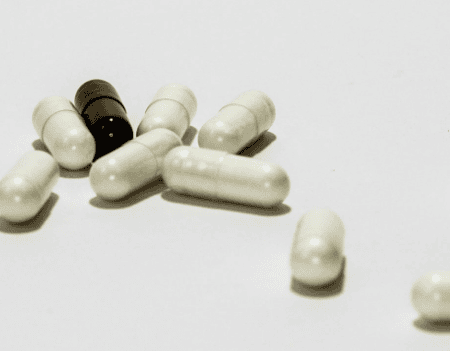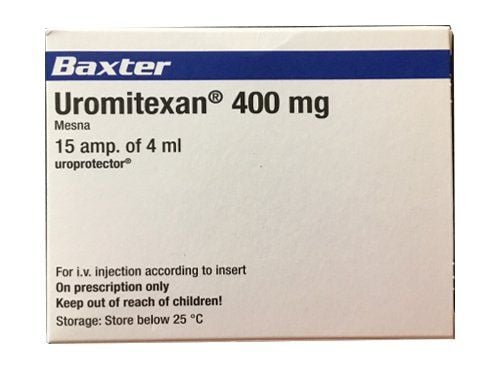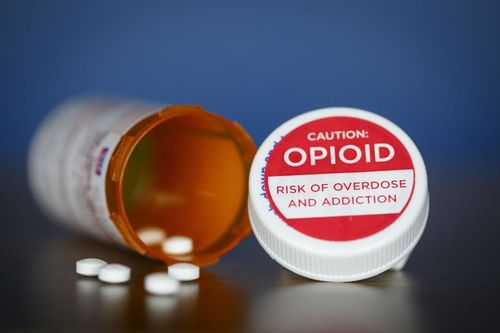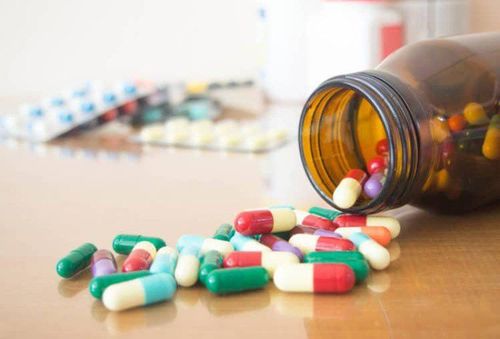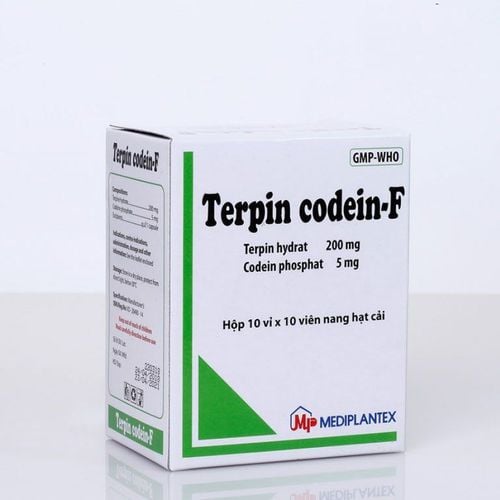This is an automatically translated article.
Nafixone belongs to the group of emergency and antidote drugs. The main ingredient of Nafixone is Naloxone HCl 2H2O. The drug is used to treat respiratory depression. Follow the article below to learn more information about the drug Nafixone.
1. What is Nafixone?
Nafixone contains the main ingredients Naloxone HCl 2H2O, Naloxone hydrogen content 0.4mg/ml, prepared in the form of solution for injection, packed in a box of 10 ampoules x 1ml.
2. What does Nafixone do?
Nafixone is used to treat:
Adults and children:
Opioid overdose is known or suspected. Opioid-induced respiratory depression after surgery. Neonates:
Rehabilitation of respiratory function and central nervous system depression in neonates whose mothers used opioids during labor.
3. Dosage of the drug Nafixone
Adults:
Confirmed or suspected Opioid overdose:
Initial dose: 0.4 - 2mg IV, if no improvement in breathing can be repeated after 2-3 minutes. If intravenous injection is not possible, inject 0.4-2mg intramuscularly. Opioid-induced respiratory depression after surgery:
Usual dose: Intravenous 0.1 - 0.2mg If necessary, additional intravenous 0.1mg after 2 minutes until recovery of breathing and consciousness. Add 1 dose after 1-2 hours or continuous intravenous infusion if necessary. Children:
Known or suspected Opioid overdose:
Initial dose: Intravenous 0.01mg/kg. If no clinical response can be added 0.1mg/kg. If intravenous injection is not possible, IM dose 0.01mg/kg, divided into several doses. Respiratory depression caused by Opioid after surgery:
Initial dose: Intravenous injection 0.01 - 0.02mg/kg, 2 - 3 intervals Minutes repeat until consciousness and breathing are restored. Neonates:
Recovery of respiratory depression and central nervous system depression in neonates whose mothers used opioids during labor:
Usual dose: Intravenous 0.01mg/kg If intravenous injection is not possible pulse, intramuscular dose 0.01mg/kg Repeat dose after 2-3 minutes if respiratory function has not recovered as expected.
4. How to use Nafixone
Read the instructions for use of Nafixone carefully before using. Nafixone can be given intravenously or intramuscularly. Intravenous injection has a faster effect, so it is often preferred in emergency situations. Naloxone hydrochloride injection can be diluted in 0.9% NaCl or 5% Dextrose. Dissolve Nafixone 2mg in 500ml of solution to get a concentration of 0.004mg/ml.
5. Contraindications of Nafixone
Do not use Nafixone for people who are sensitive to Naloxone and other ingredients of the drug.
6. Nafixone side effects
Circulatory system: Hypertension, hypotension, tachycardia, ventricular arrhythmias, ventricular fibrillation . Digestive system: Nausea, vomiting. Respiratory system: Pulmonary edema. Nervous system: Insomnia, irritability, nervousness, anxiety, withdrawal symptoms, epilepsy. Skin: Redness of the skin, skin rash, allergies. Other: Sweating, tremors, rapid breathing.
7. Notes when taking Nafixone.
When Nafixone is used to treat acute opioid overdose, because the duration of action of some opioids may be longer than that of Nafixone, a booster dose should be used and other resuscitation measures must be in place. After the use of opioids during surgery, excessive doses of Nafixone should be avoided, because of the potential for irritation, hypertension, and loss of analgesic effect. Rapid attenuation of opioids can cause nausea, vomiting, sweating, and tachycardia. Nafixone should be used with caution in opioid dependent patients because it can cause acute withdrawal symptoms. Nafixone should be used with caution in people with a history of cardiovascular disease or taking drugs that are potentially toxic to the heart, because cardiovascular side effects are common. Note when using Nafixone for: The elderly, pregnant and lactating women, children under 15 years old, liver failure, kidney failure, myasthenia gravis, hepatic coma, stomach ulcers. Store the medicine at room temperature, away from direct sunlight or high temperature.
Nafixone drug interactions
In Opioid dependent people, the therapeutic use of Nafixone can cause withdrawal syndrome. Using Nafixone with buprenorphine may reverse the analgesic effect of buprenorphine. Nafixone is used to treat respiratory depression. When using Nafixone, it is necessary to listen to the instructions and under the constant supervision of the doctor. Patients should absolutely not use it on their own because there will be dangerous side effects.




